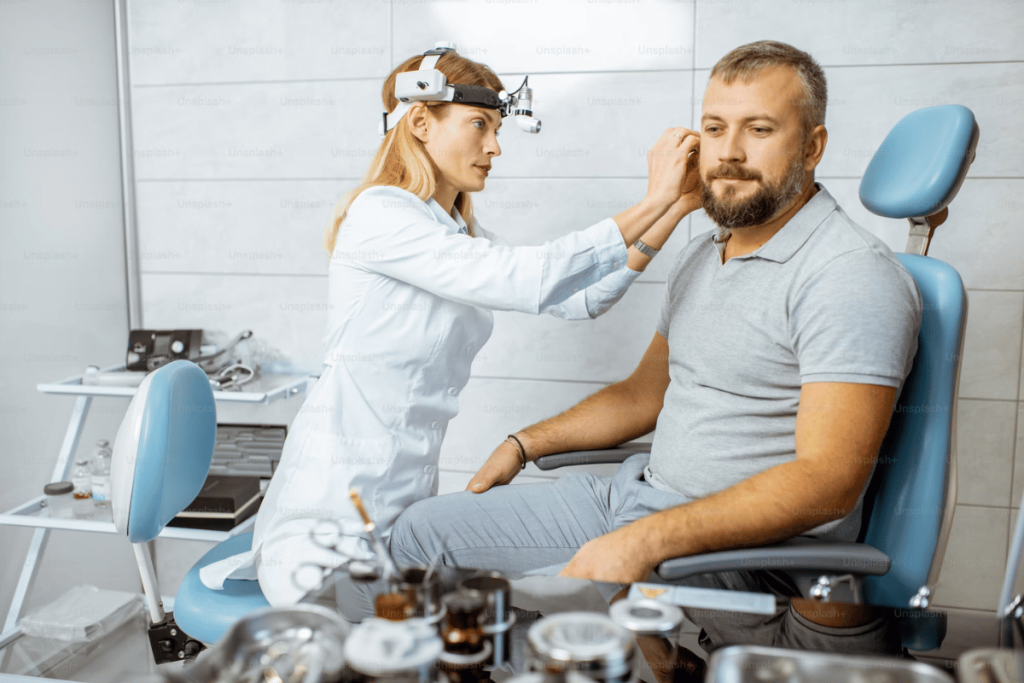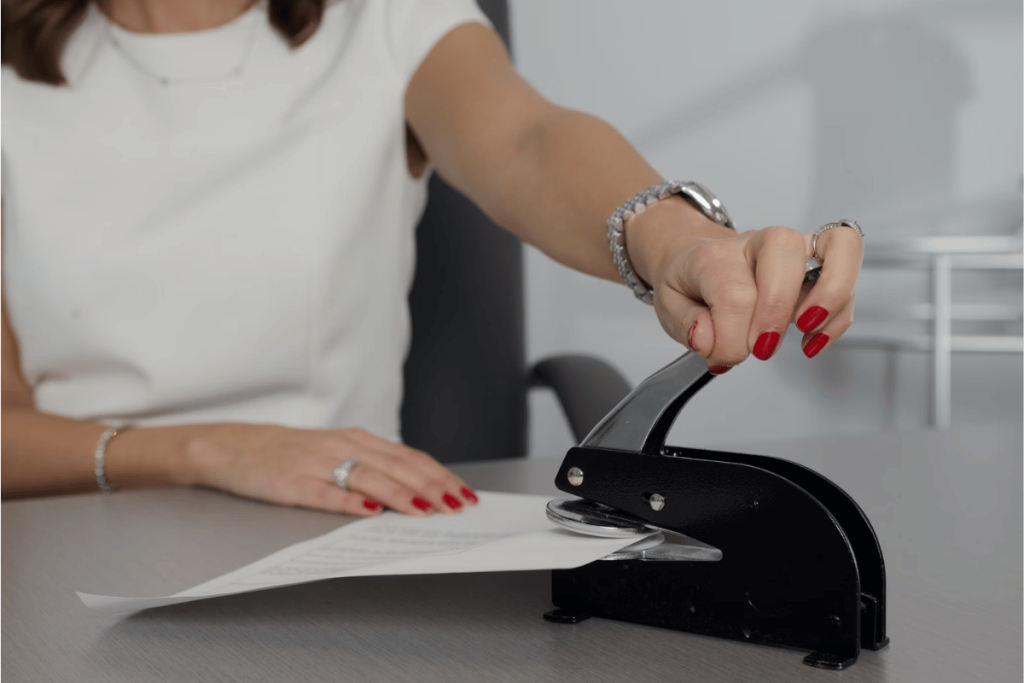Selling a Medical Practice - 6 Key Steps to Consider
Selling your medical practice can feel exciting and scary at the same time. You might feel excited for what’s next. But you may also feel scared about what will happen after leaving the office you've worked in for many years.
Things in healthcare are changing quickly. So, even though change is hard, you might need to sell your practice to secure your retirement, fund the next chapter of your journey, or simply transition to a more sustainable work-life balance.
This article will help guide you through the process. It will help you feel less worried and make good choices. You'll know how to sell a solo medical practice and make it work well for you.

Overview: Selling a Medical Practice
For doctors, listing a medical practice for sale often occurs mid-career. At this point, the practice value is highest.
Selling allows access to more resources, steady money, better work-life balance, patient referrals within a larger group (when selling a medical practice to a hospital), and increased negotiation power with insurance companies.
Retiring doctors may sell to a young doctor to facilitate succession planning. They may also be retiring or relocating to another state/country. Whatever the reason, you’re bound to have a few questions up your sleeve.
Let’s answer some of those key questions first.
How to value a medical practice
There are a few main ways to determine what a medical practice is worth. This is similar to how you calculate the value of any other company but with some nuances.
Multiples on Earnings Approach
The most common way of valuing a medical practice is to look at how much money the practice earns each year. This is called the "multiples on earnings" approach.
For a general practitioner, the value is usually between 0.5 and 0.7 times the total yearly earnings.
Asset-Based Valuation
This approach tallies up the fair market value of the tangible assets owned by the practice, including equipment, furniture, supplies, and real estate. It provides a baseline valuation.
Comparable Sales
Examining the recent sales prices of similar practices provides medical practice value benchmarks. Practices are compared based on type, size, location, and financials.
Getting multiple valuations based on different methods provides the most accurate estimate of fair market value. This also provides better negotiating leverage to get full value for your practice.
Check out this valuation calculator to calculate an estimated value of your medical practice. Choose the sector and the industry you are in, and then just input the numbers to get a quick valuation.
Other Factors
Some other things also help determine what a practice is worth. These include:
Liabilities - Does the practice owe any money?
Insurance mix - What percentage of patients have each type of insurance?
Reputation - Is the practice well-known and respected?
Current income - How much money is the practice making right now?
Seasonality - Does the number of patients change at different times of the year?
Specialization - Is the practice a specialty like cardiology or a general practice?
Referrals - Does the practice get a lot of new patients from referrals?
The more of these positive factors a practice has, the more it will be worth.

How much can I sell my medical practice for?
Primary care practices sell for 0.5 to 0.7 times their yearly revenue, as we mentioned in the previous section. That means a medical practice making $2 million annually might sell for $1 to $1.4 million.
Specialist practices can sell for 0.8 to over 1 times yearly revenue.
According to a study, profitability significantly affects the valuation of a medical practice and is a leading factor that buyers look for. Less profitable practices sell for less money.
For example, a cardiology practice with 20% profits could sell for over 5 times earnings or $1 million for $200,000 in profits. Looking at discretionary earnings helps buyers evaluate potential returns.
Assets like real estate and equipment also impact price. Including these tangible assets increases valuations. Sellers get higher prices by listing both intangible factors and tangible assets.
Ultimately, a practice sells for what buyers will pay. Good economic times bring higher sale prices. And negotiating leverage matters. Sellers who can show consistent earnings and future sustainability can demand premium prices.
Is it legal to sell used medical equipment?
Selling used medical devices and equipment is usually legal, but there are a few essential rules. First, you must properly clean and disinfect anything used so it is safe. Be sure to label that equipment as “previously used clearly.”
For special tools and machines, more regulations may apply to reselling. But cleaning thoroughly and noting used status is enough for most basic medical equipment.
Durable medical equipment (DME) like hospital beds have stricter oversight on reselling across state lines. Those require licensing to avoid civil and even criminal fines.

Importance of Proper Planning
Selling even a small solo medical practice can take 6-12 months, including valuation, identifying qualified buyers, negotiations around sale price and terms, transition planning, and finalizing complex purchase agreements.
Attempting to shortcut or sidestep key planning steps risks sub-optimal outcomes like:
Losing significant value in negotiations without financial documentation or practice valuation figures.
Making it harder for your patients to get good care after you sell your company without thoughtful transition planning.
Breaching healthcare regulatory requirements if transaction agreements aren't carefully structured.
Paying more taxes than you need to because you don’t know the legal ways to lower them.
Assembling an expert M&A (Mergers and Acquisitions) advisory team, including legal counsel, valuation experts, accountants, medical practice brokers, and/or business consultants, is highly recommended to guide you through this complex, high-stakes process.
For physicians specifically looking to list their medical clinic for sale, ExitWise helps them assemble and manage customized teams of:
Top M&A lawyers
Valuation experts
Accountants
Consultants
We guide the entire end-to-end preparation, sale coordination, and ownership transition process.
Note that ExitWise does not do the technical or valuation work, but we help you find the right people to do it for you.
We have a lot of experience in healthcare M&A, and our consultants know how to make the process easier and more profitable for our customers.

Key Steps to Sell a Medical Practice
While each medical practice sale has unique considerations, these six key steps create a strategic framework for physician owners on how to sell a medical practice smoothly:
Step 1: Prepare for the sale
Preparing your medical practice for sale is a crucial first step to maximizing its value and attracting qualified buyers down the line.
Begin by thoroughly assessing your practice's worth through independent valuations by professionals. They will:
Calculate goodwill based on profitability and patient base.
Factor in assets like equipment, inventory, and real estate.
You'll also need to gather extensive financial, legal, and operational documentation of your practice. These will be required during the sales process:
Tax returns for the past 3-5 years
Profit and loss statements
Balance sheets
Accounts receivable reports
Equipment inventories
Patient records and statistics
Lease and vendor agreements
Licensing and credentials
Having these readily available will streamline due diligence later.
In the meantime, start identifying potential buyers and partners. They can be:
Other physicians looking to expand.
Health systems seeking to grow their network.
Private equity firms focused on healthcare services.
Specialized practice brokers.
Vetting buyer qualifications early lets you focus negotiations on price and terms once you've found interested parties.

Step 2: Negotiate and structure the sale
Once you’ve identified potential buyers, you can begin negotiations in earnest around sale terms and pricing structures.
First, establish sale terms and price -
Structure as an asset sale or entity purchase.
Determine the timing of payouts.
Use industry valuation benchmarks.
Sale Structure | Pros | Cons |
|---|---|---|
Asset sale | Lower tax burden | More complex transfer |
Entity purchase | Simpler to execute | Liable for prior liabilities |
Current staff and patients need reassurances of continuity of care and employment where feasible to ease the transition process. You should:
Retain key personnel.
Phase in new management.
Finally, you must ensure full compliance with all state laws concerning medical practice sales and healthcare privacy laws like HIPAA (Health Insurance Portability and Accountability Act of 1996), including formally transferring over licenses, regulatory credentials, and custodianship of protected health information to the successor entity.
Step 3: Manage the sales process
The sales process itself also requires meticulous management from start to finish.
Confidentiality and non-disclosure agreements are vital to control access to sensitive information during negotiations and prevent instability among staff and patients.
Once a buyer is interested in your practice, you can begin more openly marketing the practice sale opportunity to outside parties and highlighting strengths like growth prospects and patient retention rates that position the practice for long-term success.
As multiple offers roll in, carefully weigh factors like:
Purchase price and terms
Commitment to current staff
Resources to support patient needs
Compatibility of vision/values
Selecting the right buyer ensures the practice’s legacy thrives.

Step 4: Handle the transition and post-sale activities
The transition process needs careful oversight to tie up loose ends even after the sale closes.
You’ll have to complete several essential tasks to finalize the transition:
File license and credential transfer paperwork to convey them to the new owner.
Coordinate with the buyer on formal turnover protocols for protected health information.
Introduce the buyer to current vendors and contract counterparties critical for ongoing operations.
Handling these logistical loose ends ties up the transition neatly and facilitates stability for the new practice owner.
Clear communication with staff and patients around operational and provider changes facilitates stability. While some disruptions are inevitable, thoughtful transitions minimize disruptions to quality care.
Step 5: Financial and tax implications
There are also essential tax and financial implications to evaluate when selling a medical practice.
Negotiations should account for hard assets like specialized equipment and existing patient panels and “soft” assets like trained support personnel and patient retention efforts to reflect the practice’s comprehensive value fully.
You’ll also have to optimize payment structures to maximize returns.
From a tax perspective, you may face capital gains taxes on sale proceeds over and above the original purchase price, plus self-employment taxes for solo practices.
Tax minimization strategies like strategic loss harvesting prior years and timing sales during lower income years may help reduce the tax bite.
However, budget for potential operating losses during the transition process and existing payroll, debts, or severance obligations that you may still need to fund while winding down formal operations.
Step 6: Closing the sale and moving forward
The final step is drafting and executing binding purchase agreements that clearly specify terms like timelines for a formal transfer of ownership and practice assets and defining sellers' post-sale obligations around consulting arrangements to ease the transition process.
Once the sale formally closes, physicians can assess the next steps or post-sale opportunities:
Join successor practice
Pursue telemedicine
Teach at medical schools
Enjoy retirement
While letting go is difficult, closing one chapter enables the next phase of life to flourish. With proper preparation, thoughtful negotiations, and disciplined follow-through, selling a medical practice can reward all stakeholders by ensuring the practice's legacy thrives under thoughtful new stewardship.

Frequently Asked Questions (FAQs)
Selling a practice commonly raises questions around valuation, regulations, splitting revenue streams, and best practices during ownership transitions from current physician owners.
Here are a few pivotal ones to consider:
How do you value a surgical practice?
Due to higher demand, complex specialty surgical practices like orthopedics or cardiology often receive higher valuation multipliers closer to >1.0 times annual revenues.
Exact multiples still come down to profitability margins and local competition levels, including equipment assets, real estate, and overall leverage negotiating with buyers.
What is the value of goodwill in a medical practice?
Goodwill can represent major chunks of a medical practice's overall valuation during the sale, accounting for difficult-to-quantify assets like physician reputation that retains patients, referral networks, staff loyalty, convenient location, operational efficiencies, or proprietary processes that will continue post-transaction.
The final price of goodwill is up to the buyer and seller to decide, regardless of the calculation method. Negotiation is critical here.
What is the most valuable asset of a medical practice?
In most cases, the inherent patient base itself and the related referral network drive the highest asset value.
The reality is that the established patient loyalty stemming from current physicians and staff will likely transfer to the new practice owner, assuming continuity of care. This dynamic dramatically impacts "goodwill" valuation.
Did you enjoy this article? Consider saving these for later:
Conclusion
This guide outlines key steps to selling a medical practice so sellers assemble the right advisory team, prepare for problems, and make good deals with buyers who will take care of their businesses in the future.
However, as we’ve mentioned, attempting to sell your medical practice solo without experienced M&A guidance leaves too much money on the table and risks continuity of care for dependent patients.
Bringing on dedicated consultants and brokers like ExitWise makes sense for busy practice owners. We help you create a dream M&A team that gets the best possible deal for your business.
If securing your hard-earned business legacy intrigues you, connect with our experts at ExitWise for initial consultations outlining potential pathways to success.

